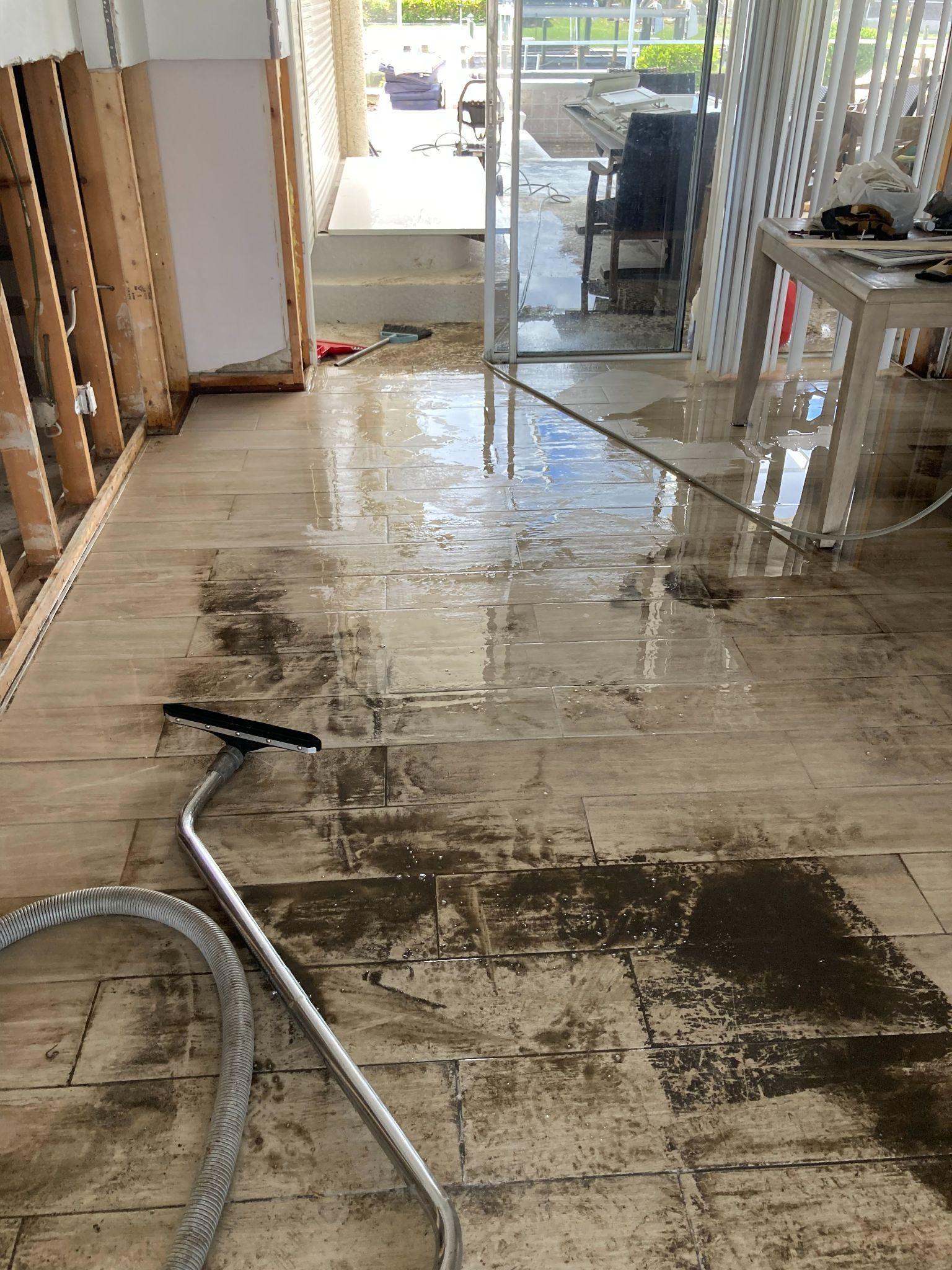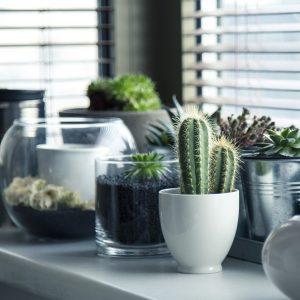Whether it’s from a broken pipe, a heavy downpour, or even an act of nature, water damage is going to happen. Every time you have a burst pipe or there’s too much rain, you’ll have some degree of damage. That being said, knowing how to deal with it can mean the difference between a minor inconvenience and a major repair bill.
Fortunately, dealing with water damage isn’t as daunting as it sounds. In fact, once you get the hang of it, you might even find that dealing with water damage is second nature to you. That being said, there are several things that you should keep in mind if you want to avoid the costs and headaches that come with dealing with water damage in your home.
Check for standing water
When it comes to dealing with water damage, the first thing that you should do is to check for any signs of standing water in your home. This is particularly important if you live in an older home. If you have a problem with water seeping through the walls or floors, you should address it immediately.
This is because once water gets into these areas, it’s going to be nearly impossible to clean it up. Even if the water is only present in small quantities, it’s still going to cause damage. That being said, it’s best to address the problem at the source. That way, you can avoid the costs and headaches that come with dealing with water damage later.
With that being said, there are a few signs that can indicate that there’s standing water in your home if there is not an obvious leak anywhere. These include moisture buildup on walls, walls that have dark spots on them, cracks in the walls, walls that feel spongy, and ceiling tiles that have an unusual texture.
Moisture buildup is usually found in the top corners of the walls next to the ceiling and will cause a slight discoloration in the paint. While cracks may be everywhere in an older home, always run your hand over them to make sure they are not moist.
There are a few ways to fix water damage to walls. One option is to apply a drywall patch and sanding sealer, which is a product that dries the wall and fills in the damaged areas. Another option is to remove the panel entirely and replace it with a fresh piece of drywall. This may be your best bet if the wall is significantly damaged.
Rot and smelling wood damage
If your wood has been exposed to water and is now decaying, it’s likely that you have rot and decay on your hands. Rot and decay are common issues that occur when wood becomes wet and is not dried out. This may be due to a leaky roof, or could simply be due to a flood or leak in your house.
Rot smells, and it’s a telltale sign that your wood needs to be replaced. Rot also generates a lot of heat, which means that even if you’re able to dry out the wood, it will likely remain wet inside for quite some time. You can identify rotting wood by its distinct smell, as well as by the fact that it is soft and spongy to the touch.
Moldy walls and ceiling damage
Mold is a common issue that can arise when water is left to sit for a long time in a small area. If your water damage is high up on the walls or ceiling, it’s possible that it has come into contact with the area above where it’s been sitting.
If this is the case, the water is likely to have seeped into the drywall and created a perfect environment for mold to grow. If your water damage has created a moldy wall or ceiling, you’ll want to repair the issue as quickly as possible. Removing the moldy drywall and replacing it with new material will get rid of the mold and give your home a fresh start.
Sagging floors and staircases
If your water damage is high up, it’s possible that it has seeped into the floorboards or joists of your staircase. If this is the case, your staircase and lower floorboards may begin to sag and feel unstable, or they may even break.
If you notice that your floors are sagging, it’s important to get them fixed right away. Your best bet is to contact a professional to repair the damage and replace the sagging joists and floorboards with new wood. This will prevent your floors from collapsing and ensure that your house is safe.
Check the sump pump and filters
When it comes to dealing with water damage, the first thing that you should do is to check the sump pump and filters in the sump pump. This is because a lot of times, these issues can cause problems with the water and is the origination site of a lot of problems.
That being said, if there are issues with the water, you should address them immediately. Additionally, you should also check the filters in the sink and the toilet. It’s important that you do this because a lot of times, these issues can go unnoticed. If it is the sump pump, hiring a professional is a good idea because this problem can cause a lot of damage to your home.
Conclusion
Water damage is a common issue, and it’s one that should be taken care of as soon as possible. If you find yourself dealing with water damage, the best thing to do is clean up the mess as quickly as possible, and then begin repairing the damage.
It’s important to not try to fix water damage yourself, as doing so incorrectly can lead to even more extensive damage. Instead, you should hire a professional to come in and handle the job for you. With these tips, you’ll be able to identify and fix water damage quickly and easily.




